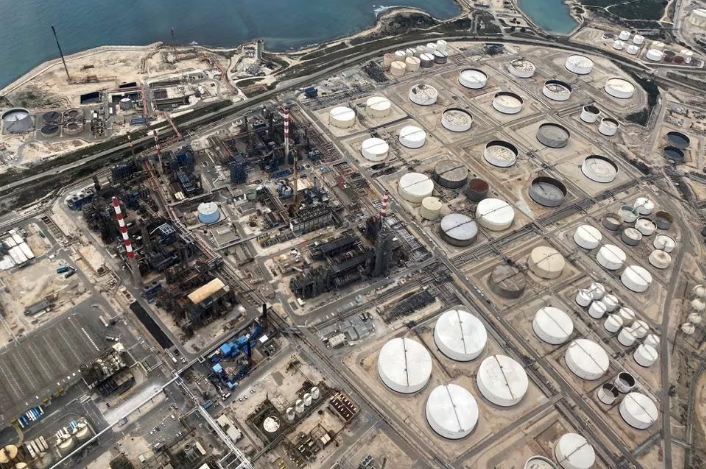
U.S. West Texas Intermediate crude futures fell 87 cents, or 1.2%, to $71.37 a barrel. Global benchmark Brent crude oil futures settled 79 cents, or 1%, to $76.80 a barrel.
Prices had gained more than 1% early in the session but reversed course after the U.S. Energy Information Administration reported a surprise build in crude oil stockpiles and larger-than-expected jumps in storage of gasoline and distillates.
"Today's EIA report highlights investor concerns of slowing demand growth," said Rob Haworth, senior investment strategist at U.S. Bank Asset Management.
U.S. crude inventories rose by 1.3 million barrels in the week ended Jan. 5 to 432.4 million barrels, compared with analysts' expectations in a Reuters poll for a 700,000 barrel drop. Gasoline stocks rose by 8 million barrels while distillate stocks jumped by 6.5 million barrels, the EIA reported.
"Part of the explanation is weaker crude and refined product exports resulting in higher U.S. builds, so that is something to watch in my view, how foreign demand evolves," said UBS analyst Giovanni Staunovo.
Europe's weak economic outlook added to oil demand concerns. The euro zone may have been in recession last quarter and prospects remain weak, European Central Bank Vice President Luis de Guindos said on Wednesday.
Limiting some losses, investors remained worried about potential oil supply disruptions in the Middle East during the Israel-Hamas war.
The White House said attacks by Yemen-based Houthi militants in the Red Sea were "escalatory" and the U.S. will consult with its partners about next steps if they continue.
"Today's market reaction indicate traders are actively balancing the potential impact of growing geopolitical risk and slowing economic growth on commodity prices," said Thomas Wash, market strategist at Missouri-based Confluence Investment Management.